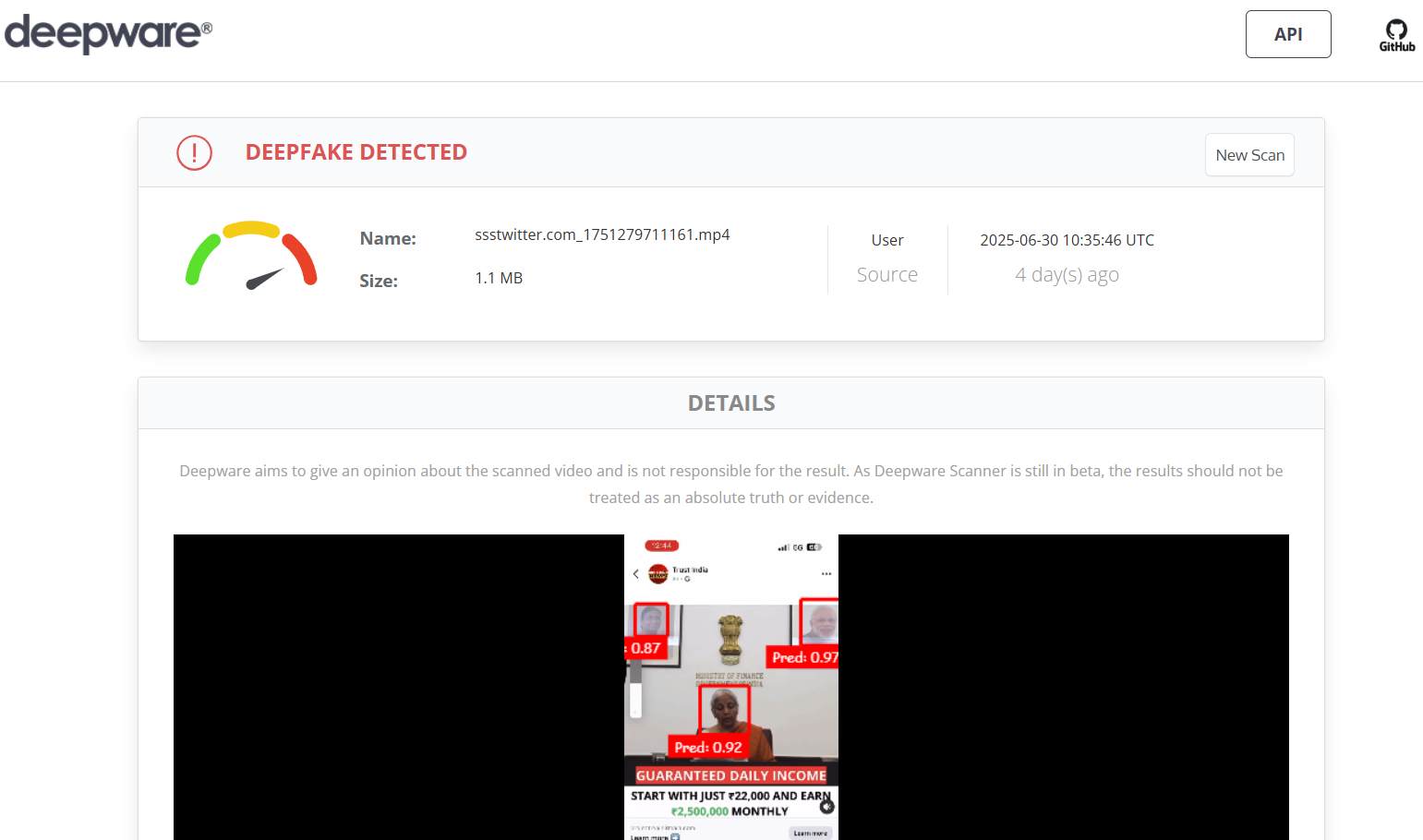Human-Centred AI: Education and Innovation
Introduction
The rise in start-up culture, increasing investments, and technological breakthroughs are being encouraged alongside innovations and the incorporation of generative Artificial Intelligence elements. Witnessing the growing focus on human-centred AI, its potential to transform industries like education remains undeniable. Enhancing experiences and inculcating new ways of learning, there is much to be explored. Recently, a Delhi-based non-profit called Rocket Learning, in collaboration with Google.org, launched Appu- a personalised AI educational tool providing a multilingual and conversational learning experience for kids between 3 and 6.
AI Appu
Developed in 6 months, along with the help of dedicated Google.org fellows, interactive Appu has resonated with those the founders call “super-users,” i.e. parents and caregivers. Instead of redirecting students to standard content and instructional videos, it operates on the idea of conversational learning, one equally important for children in the targeted age bracket. Designed in the form of an elephant, Appu is supposed to be a personalised tutor, helping both children and parents understand concepts through dialogue. AI enables the generation of different explanations in case of doubt, aiding in understanding. If children were to answer in mixed languages instead of one complete sentence in a single language (eg, Hindi and English), the AI would still consider it as a response. The AI lessons are two minutes long and are inculcated with real-world examples. The emphasis on interactive and fun learning of concepts through innovation enhances the learning experience. Currently only available in Hindi, it is being worked on to include 20 other languages such as Punjabi and Marathi.
UNESCO, AI, and Education
It is important to note that such innovations also find encouragement in UNESCO’s mandate as AI in education contributes to achieving the 2030 Agenda of Sustainable Development Goals (here; SDG 4- focusing on quality education). Within the ambit of the Beijing Consensus held in 2019, UNESCO encourages a human-centred approach to AI, and has also developed the “Artificial Intelligence and Education: Guidance for Policymakers” aiming towards understanding its potential and opportunities in education as well as the core competencies it needs to work on. Another publication was launched during one of the flagship events of UNESCO- (Digital Learning Week, 2024) - AI competency frameworks for both, students and teachers which provide a roadmap for assessing the potential and risks of AI, each covering common aspects such as AI ethics, and human-centred mindset and even certain distinct options such as AI system design for students and AI pedagogy for teachers.
Potential Challenges
While AI holds immense promise in education, innovation with regard to learning is contentious as several risks must be carefully managed. Depending on the innovation, AI’s struggle with multitasking beyond the classroom, such as administrative duties and tedious grading, which require highly detailed role descriptions could prove to be a challenge. This can become exhausting for developers managing innovative AI systems, as they would have to fit various responses owing to the inherent nature of AI needing to be trained to produce output. Security concerns are another major issue, as data breaches could compromise sensitive student information. Implementation costs also present challenges, as access to AI-driven tools depends on financial resources. Furthermore, AI-driven personalised learning, while beneficial, may inadvertently reduce student motivation, also compromising students' soft skills, such as teamwork and communication, which are crucial for real-world success. These risks highlight the need for a balanced approach to AI integration in education.
Conclusion
Innovations related to education, especially the ones that focus on a human-centred AI approach, have immense potential in not only enhancing learning experiences but also reshaping how knowledge is accessed, understood, and applied. Untapped potential using other services is also encouraged in this sector. However, maintaining a balance between fostering intrigue and ensuring the inculcation of ethical and secure AI remains imperative.
References
- https://www.unesco.org/en/articles/what-you-need-know-about-unescos-new-ai-competency-frameworks-students-and-teachers?hub=32618
- https://www.unesco.org/en/digital-education/artificial-intelligence
- https://www.deccanherald.com/technology/google-backed-rocket-learning-launches-appu-an-ai-powered-tutor-for-kids-3455078
- https://indianexpress.com/article/technology/artificial-intelligence/how-this-google-backed-ai-tool-is-reshaping-education-appu-9896391/
- https://www.thehindu.com/business/ai-appu-to-tutor-children-in-india/article69354145.ece
- https://www.velvetech.com/blog/ai-in-education-risks-and-concerns/










